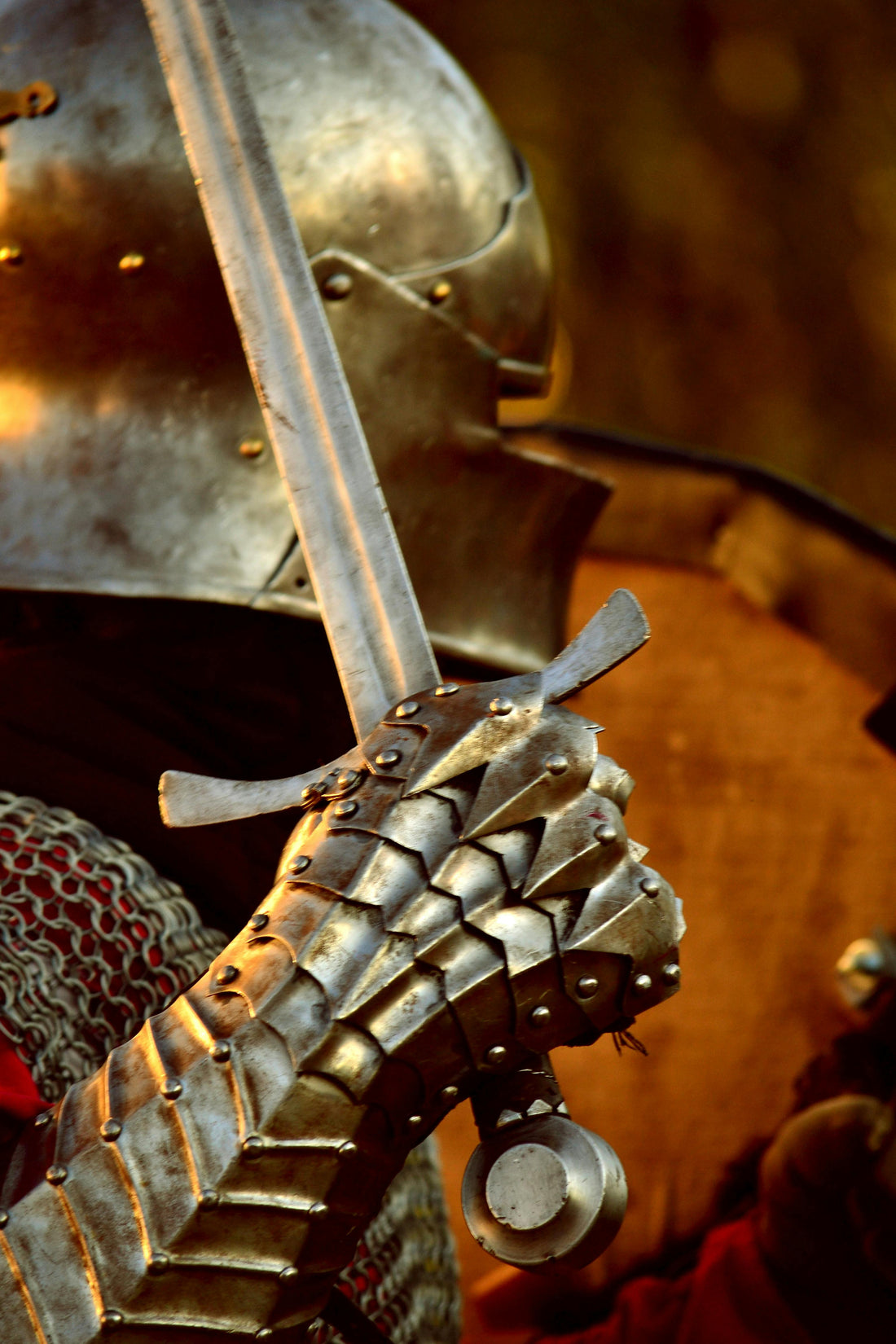
Weekend Warriors, Reliability, Redundancy and Performance
Throughout the week, I receive predictable questions. They are like clockwork. Here are some samples:
How much do your plates weigh?
Is that price for two plates or one?
What is the strongest plate you build?
Of course, there are others... and these are fine. But, the questions should be:
What type of ceramic do you use in Model "X"?
What is the ceramic coverage in Model "X"?
Where is your NIJ test report showing backface deformation (BFD) and multiple shots?
This demand comes from customers wanting "lighter" armor. People don't want to show off a heavy plate to their buddies. Since there is no "war" or Revolution - the competition is about who can get what weight for the least price. That's entirely the wrong way to be looking at the ceramic body armor plate decision-making process. New armor owners are often surprised to learn that their 6.2 pound RF3 (Level 4) plates have a 1" foam edge all the way around them (instead of ceramic). The foam weighs less than the ceramic so it makes the plates significantly lighter.
Reliability: An RF3 (Level 4) plate that weighs seven pounds designed to take one hit of .30 M2 AP having a BFD of 38mm is inferior to a multi-hit, heavier plate with mid-20mm BFDs. This not only refers to reliability, it's about design redundancy and performance.
It's perfectly fine if the buyer actually knows all of this and evaluates the data. Most see the ballistic rating and naturally assume that all plates at the same protection category are created equally. But, that is FAR from the truth.
Pay attention to the new NIJ 0101.07 RF3 protection category. It will be a common technique for armor manufacturers to certify a "thin" and "light" one shot plate - but then claim it can routinely take more shots than it's certified for.
Some of the worst violations of the basic armor building principles of reliability and performance are being committed by the most well-known armor manufacturers. They are taking 90-95% alumina strike faces, thinning out the backing materials to minimums and dropping the strike face drop protections (removing rubber pads) for their non-NIJ approved armor. Then, they brag about how light it is. This industry is full of misinformation, poor reliability and dangerous behaviors.
We are here to guide you through all of this.
Feel free to ask questions or set up a phone call.
WG
